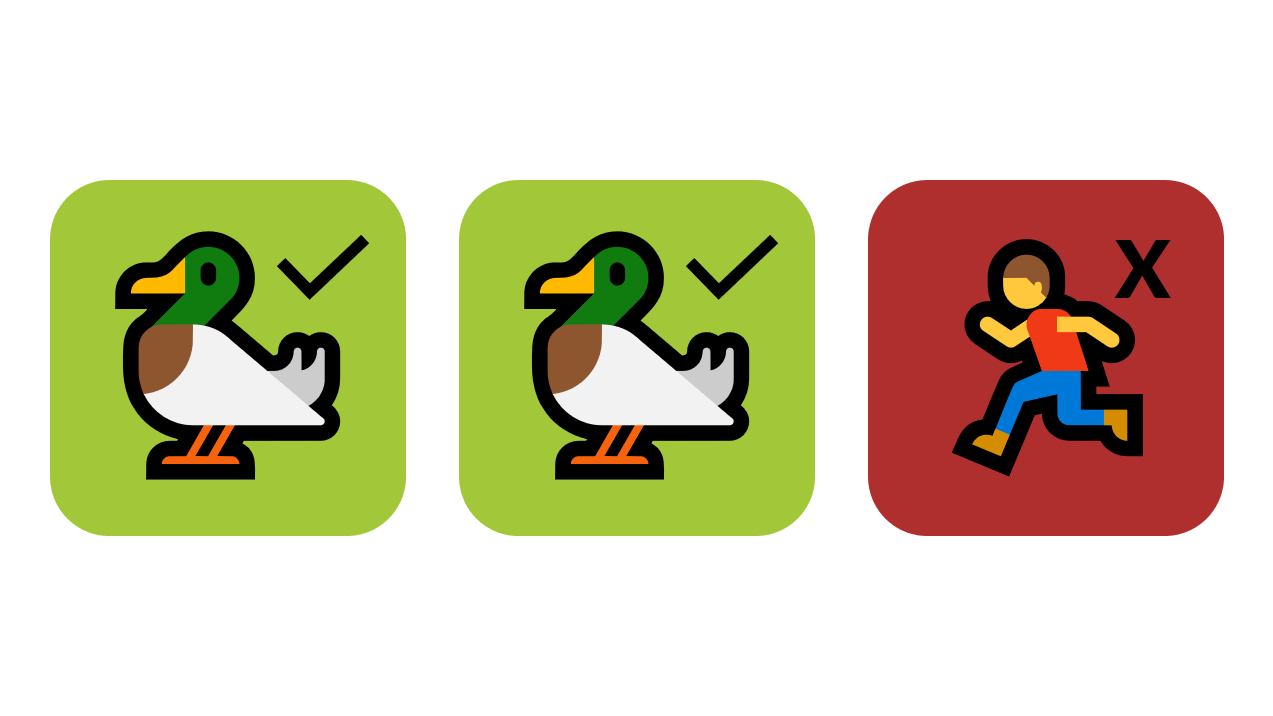
Introduction to the High-Stakes, Ongoing Process
Remember the childhood game Duck, Duck, Goose?
"Exclusion monitoring" is a high-stakes elimination game whereby the healthcare industry must exclude specific people from the pool of qualified applicants. Basically, if someone is put on one of these exclusion lists, you probably don't want to work with them professionally, and healthcare organizations cannot employ them either.
Providing
a high level of patient safety is of utmost importance for any healthcare
organization. One crucial aspect of achieving this goal is implementing
effective workforce exclusion monitoring.
By
utilizing reliable tools and staying in compliance with the requirements set by
the U.S. Office of the Inspector General (OIG) and the System Award Management
(SAM), healthcare organizations can manage talent management risks and ensure a
well-informed workforce.
This
article explores the significance of workforce exclusion monitoring, best
practices for compliance, risks, and penalties associated with hiring excluded
individuals, and the OIG self-disclosure protocol.
The Importance of Workforce Exclusion Monitoring

Excluding the Wolf in Sheep's Clothing
Healthcare organizations have a responsibility to protect patient well-being and prevent fraud and abuse. One crucial action to safeguard the workplace and patient environment is to avoid hiring individuals who pose a risk to patients, visitors, or other employees.
This necessitates conducting comprehensive background checks before hiring and performing regular monthly checks thereafter. Healthcare organizations can benefit from subscription-based exclusion services that automate these checks and ensure compliance.
Best Practices for Compliance
To maintain compliance with OIG and SAM exclusion monitoring requirements, healthcare organizations should follow these best practices:
1. Exclusion Monitoring:
Healthcare organizations should ensure that exclusion monitoring is an integral part of their healthcare professional (HCP) services. This involves running checks at the time of hire and conducting monthly checks thereafter. Alternatively, organizations can establish in-house procedures for conducting these checks.
2. Understanding Exclusion Lists:
It
is vital for organizations to understand why individuals end up on exclusion
lists. The OIG excludes individuals and entities for various reasons, including
criminal offenses related to healthcare fraud, patient abuse or neglect,
financial misconduct, and unlawful activities involving controlled substances.
This understanding reinforces the importance of completing these checks.
3. Risks and Penalties:
Hiring
or continuing to employ an excluded individual not only jeopardizes patient
safety but also exposes healthcare organizations to fines, lawsuits, and
reputational damage. OIG civil monetary penalties can be as high as $130,000,
and negative headlines can significantly impact an organization's reputation as
a top healthcare provider.
4. Proper Policies and Procedures:
Organizations should have robust policies and procedures in place to review exclusion monitoring activities regularly. This includes conducting monthly screenings of employees and business associates and re-running checks on individuals with past false-positive matches to ensure they have not been added to exclusion lists.
5. Acting Fast on Positive Matches:
When
a positive match is found, organizations must act swiftly. This involves
notifying internal stakeholders, suspending the individual pending further
investigation, researching relevant employment details, collaborating with
legal counsel, and reviewing self-disclosure protocols before reporting the
exclusion on the OIG Self-Disclosure Portal.

The OIG Self-Disclosure Protocol
The
OIG Self-Disclosure Portal provides guidelines for reporting disclosures
related to the employment of excluded individuals.
Required information includes the excluded individual's identity, job duties, dates of employment, description of background checks performed, entity's screening process, discovery process, and corrective actions taken.
Organizations
must manage the concept of "knew" and "should have known"
to ensure proper self-disclosure.
Dealing with OIG Investigations
When the OIG initiates an investigation, organizations should treat the Pre-Demand Letter as a subpoena and issue a document hold to preserve relevant information. Swift action should be taken with the employee, such as placing them on administrative leave.
Contacting the OIG representative, conducting an internal inquiry, and confirming liability through the List of Excluded Individuals and Entities (LEIE) are crucial steps during an investigation. Reinstatement after the exclusion period is not automatic, and organizations must ensure individuals provide written notice from the OIG to validate their reinstatement.
HCP Recommendations

Maintaining patient safety is a top priority for healthcare organizations. Workforce exclusion monitoring plays a critical role in achieving this objective by preventing the hiring of individuals who pose a risk to patients and the organization.
By following best practices, understanding the risks and penalties involved, and implementing proper policies and procedures, healthcare organizations can effectively manage workforce exclusion monitoring and respond promptly to positive matches. Adhering to the OIG self-disclosure protocol ensures transparency and accountability.
By
prioritizing exclusion checks, healthcare organizations can provide a safer
environment for patients and uphold their reputation as trusted healthcare
providers.

